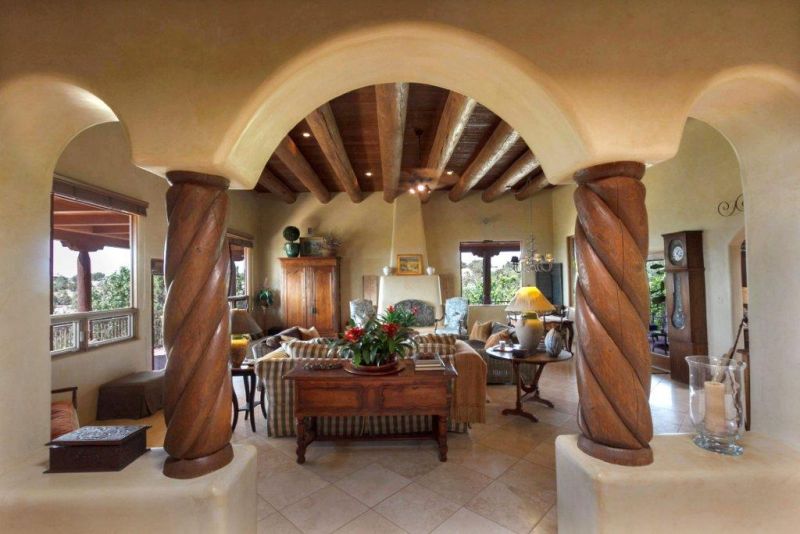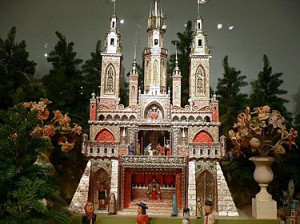
Why Home Sales Stalled in March
ByNick Timiraos

Sales of previously owned homes fell in March from February, but were still above last year’s levels.
Sales of previously owned homes fell by 0.6% in March from February, causing some analysts to second guess the housing rebound. What’s going on? Here are four takeaways from the National Association of Realtors’ report on Monday.
1) The problem for the housing market right now is a lack of supply—not a lack of demand. This isn’t a surprise to anyone who’s tried to buy a house in many parts of the country over the last year. The number of homes listed for sale rose by just 1.6% in March, meaning just 30,000 net new units hit the market. The 1.93 million homes for sale in March was down by 16.8% from one year ago and is the lowest inventory level for the month of March in 13 years. “Inventory is definitely gating demand,” says Glenn Kelman, chief executive of real estate brokerage Redfin. Monday’s report showed that sales were still 10.3% above last year’s levels on a seasonally adjusted basis, continuing a streak of 21 consecutive months in which home sales have increased from their year-ago level.
2) Rising demand and falling supply continue to push prices higher. The median home price in March rose 11.8% from one year ago to $184,300. (Changes in the median price often reflect a shift in the “mix” of homes being sold, meaning they can rise when more expensive homes transact in a given period.) In the West, median prices were up by 26.1% from one year ago, a clear sign that more homes are selling at higher price points. Median prices have risen from their year-ago levels in 13 straight months.
3) Buyers are getting frustrated, and some sellers are getting greedy. Some sellers are hearing that it’s a sellers’ market and are becoming more determined to ask for more. Inventory is low, of course, because many sellers aren’t willing or able to sell at prices that are down sharply from seven years ago. Some have a “reservation price”—a price at which they’ll sell. Ultimately, rising prices should lead more sellers to put their homes on the market. But until then, buyers may give up. “There are not enough homes to buy,” says Mr. Kelman. “We see so many people dropping out of the process because they’re tired of getting outbid.” Another problem: many sellers aren’t going to be willing to list until they’re more confident they can buy another home to move into.
4) The current market isn’t fun for real-estate agents, who make their living selling homes. But it is good for the home builders. If would-be buyers are motivated to buy now to take advantage of low prices and low mortgage rates but can’t find a home on the resale market, they’re likely to turn to the new-home market. Already, new home sales have rebounded from their depressed levels of a year ago, and Tuesday’s report for March sales will provide the latest indication of just how quickly builders are regaining market share that they surrendered as the foreclosure crisis worsened five years ago.



 The New Mexico Museum of Art
The New Mexico Museum of Art






 New World Cuisine: The Histories of Chocolate, Mate y Más
New World Cuisine: The Histories of Chocolate, Mate y Más


 March 23, 2012- April 7, 2013
March 23, 2012- April 7, 2013

 Multiple Visions: A Common Bond
Multiple Visions: A Common Bond

 A major exhibition featuring over 850 works of art from the nineteenth and twentieth centuries. This diverse group of Andean folk arts includes weaving, embroidery, woodcarving, ceramics, painting, and metalwork, reflecting the interweaving of indigenous craft traditions with European art forms and techniques. (Photo, above: Woman’s Sidesaddle Stirrups, Argentina, early 19th century, Silver, 5″ x 8.75″. Photo by Blair Clark) The exhibition provides a window into the rich spirit and culture shared by the peoples of this highland region of South America through works ranging from costumes, jewelry, utilitarian items, and toys to those used in religious practices and festivals. The exhibit will be accompanied by a richly illustrated
A major exhibition featuring over 850 works of art from the nineteenth and twentieth centuries. This diverse group of Andean folk arts includes weaving, embroidery, woodcarving, ceramics, painting, and metalwork, reflecting the interweaving of indigenous craft traditions with European art forms and techniques. (Photo, above: Woman’s Sidesaddle Stirrups, Argentina, early 19th century, Silver, 5″ x 8.75″. Photo by Blair Clark) The exhibition provides a window into the rich spirit and culture shared by the peoples of this highland region of South America through works ranging from costumes, jewelry, utilitarian items, and toys to those used in religious practices and festivals. The exhibit will be accompanied by a richly illustrated 


 When the Loretto Chapel was completed in 1878, there was no way to access the choir loft twenty-two feet above. Carpenters were called in to address the problem, but they all concluded access to the loft would have to be via ladder as a staircase would interfere with the interior space of the small Chapel.
When the Loretto Chapel was completed in 1878, there was no way to access the choir loft twenty-two feet above. Carpenters were called in to address the problem, but they all concluded access to the loft would have to be via ladder as a staircase would interfere with the interior space of the small Chapel.